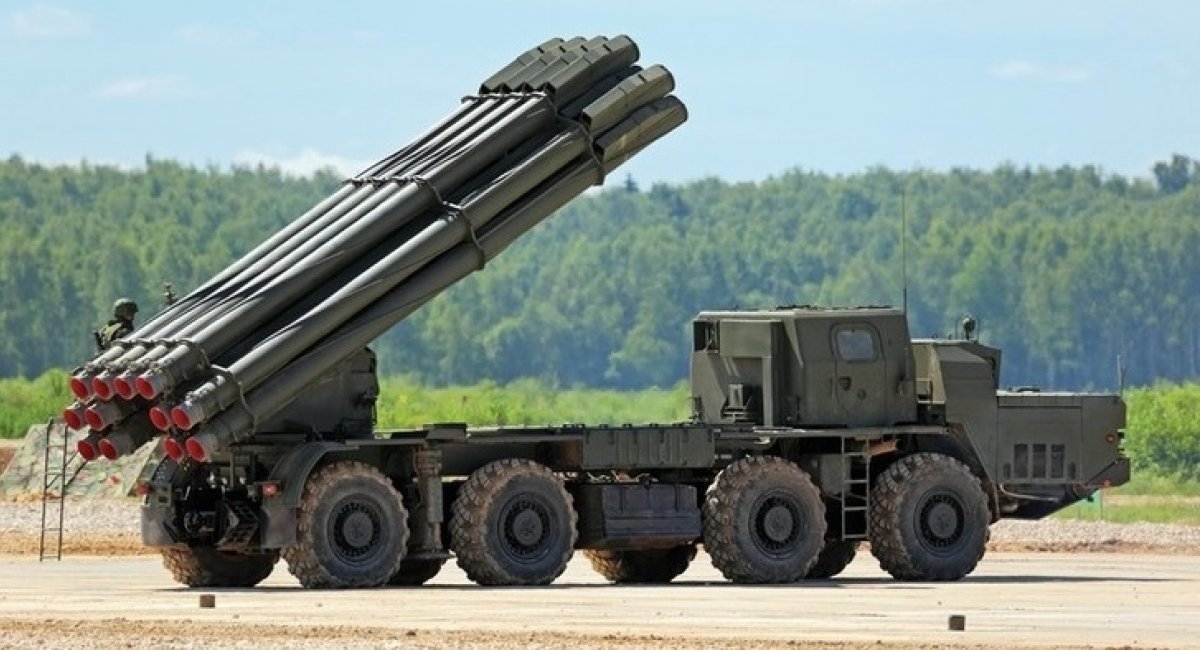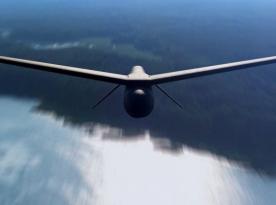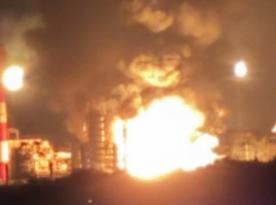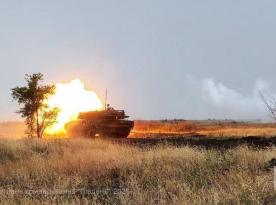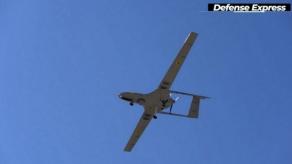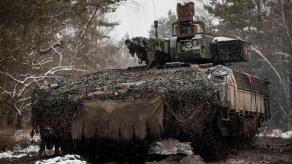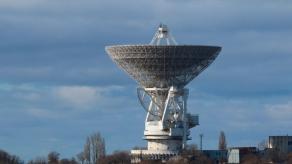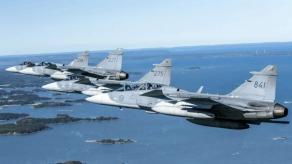Ukrainian official structures have not yet provided any information on what type of rocket the russians used to hit Zaporizhzhia on March 22, 2023, as a result of which 33 people were injured. Here we can rely only on the comment of the spokesman of the Air Force Command, Colonel Yuriy Ignat, that "according to preliminary data, it was the Tornado-S long-range MLRS ".
Until there is a final official conclusion, we will also not insist that the occupiers shelled Zaporizhzhia precisely from the Tornado-S system on Wednesday. But we consider it necessary to analyze what kind of threat such systems carry. All the more so, as it is recorded in open sources with certain periodicity that the russians fire using Tornado-" MLRS a number of other front-line cities of Ukraine too.
Read more: Improved Missiles For the BM-21 Grad MLRS Manufactured Not Only By Serbia, But Also By Israel, Though Ukraine Shouldn’t Expect Any
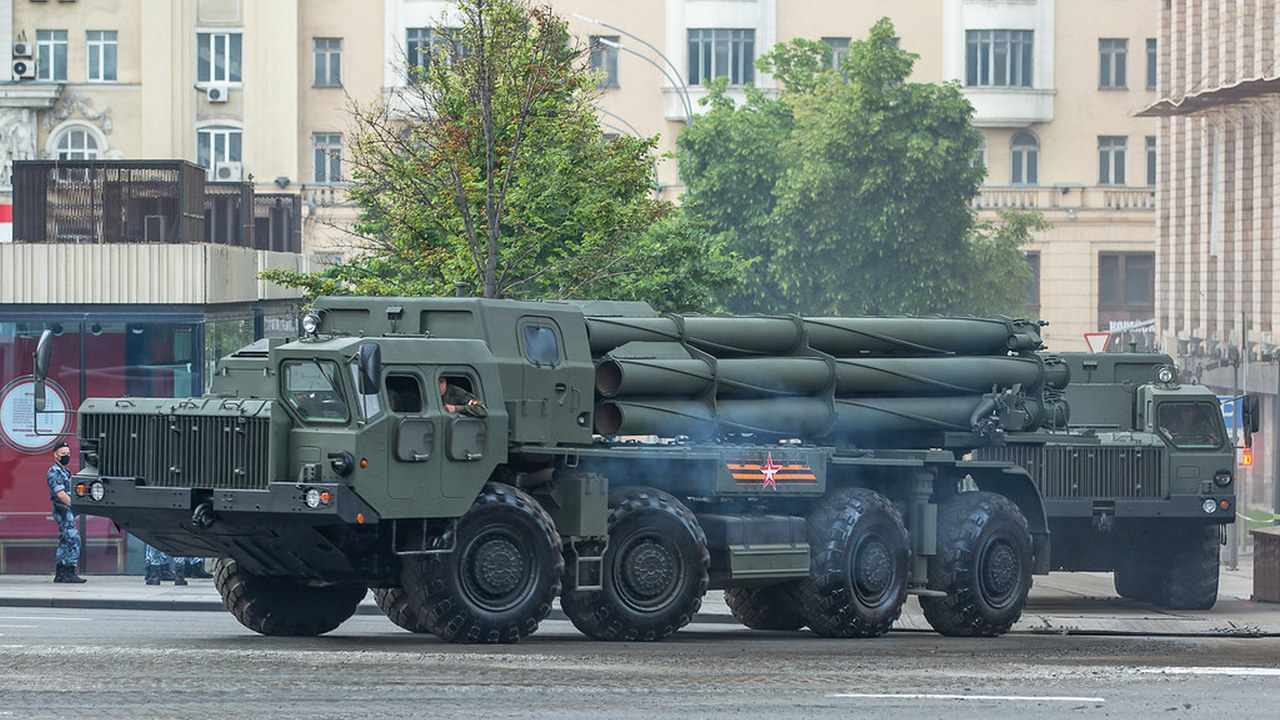
As the Russians themselves claim, their Tornado-S MLRS is a modernized the BM-30 Smerch heavy self-propelled 300 mm multiple rocket launcher capable of using 9M544 and 9M549 guided artillery rockets with a range of use up to 120 km.
According to The Military Balance 2022, at the beginning of last year, before the full-scale invasion to Ukraine, the russian army had 20 Tornado-S systems at its disposal.
The first fact of the use of such a system for attacks on the civilian infrastructure of Ukraine was recorded on March 4, 2022 - then the enemy hit the city of Pokrovsk with prohibited cluster shells.
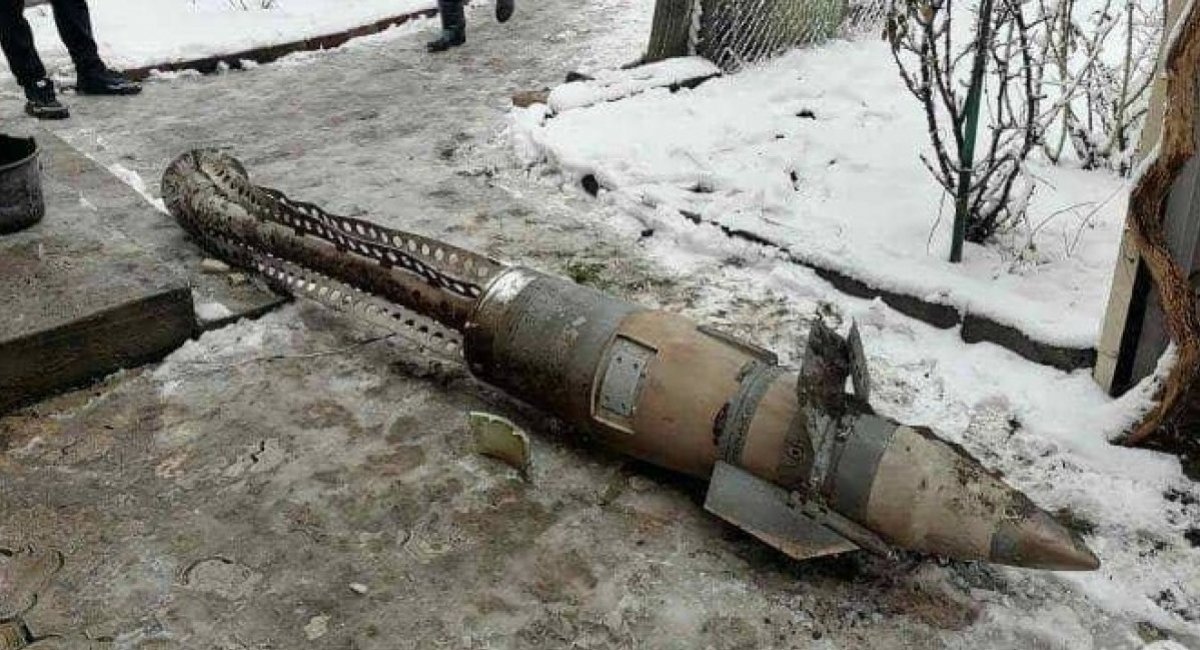
The first results of the analysis of the 'innards' of the 9М544 type artillery rockets were publicly available in August 2022. And then it turned out that the russians use "civilian" electronics and microcircuits from AliExpress to equip the guidance systems of such rockets.
Such electronics do not provide adequate accuracy when firing at military targets, and circular error when firing at civilian infrastructure is of no interest to the russian military at all. And here it is quite telling that the russians do not indicate the circular error probable (CEP) indicator in the description of the 9M544 and 9M549 rockets at all.
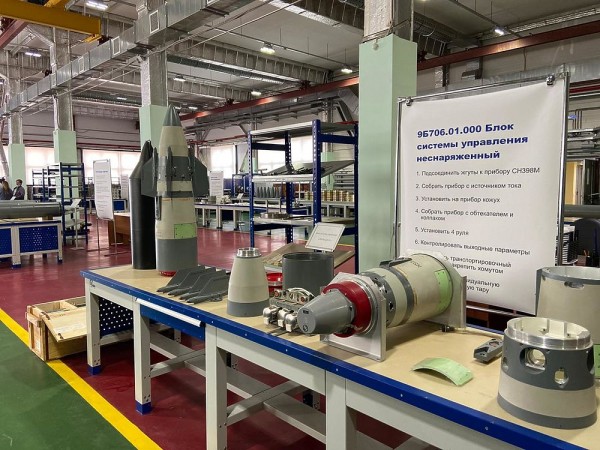
In November 2022, the russians announced that they had received an additional batch of Tornado-S and Tornado-G Multiple rocket launchers, and that the production facilities of the Rostec Corporation, where rockets wor the systems are manufactured, had almost started three shifts "strain" such lonchers and rockets to them as well.
To what extent russia is actually capable of scaling up the production of Tornado-S launchers and rockets for them - there is no objective data in the public domain. But here it is worth emphasizing that the russia’s Tornado-S MLRS’s are a threat primarily because of their characteristics.
The firing range is up to 120 km, which already makes Tornado-S MLRS dangerous for Ukrainian front-line cities. The Ukrainian air defense cannot shoot down rockets to the MLRS because it does not have the appropriate systems. Therefore, to neutralize this threat, Ukraine currently needs long-range operational-tactical missile systems, such as American ATACMS, for example.
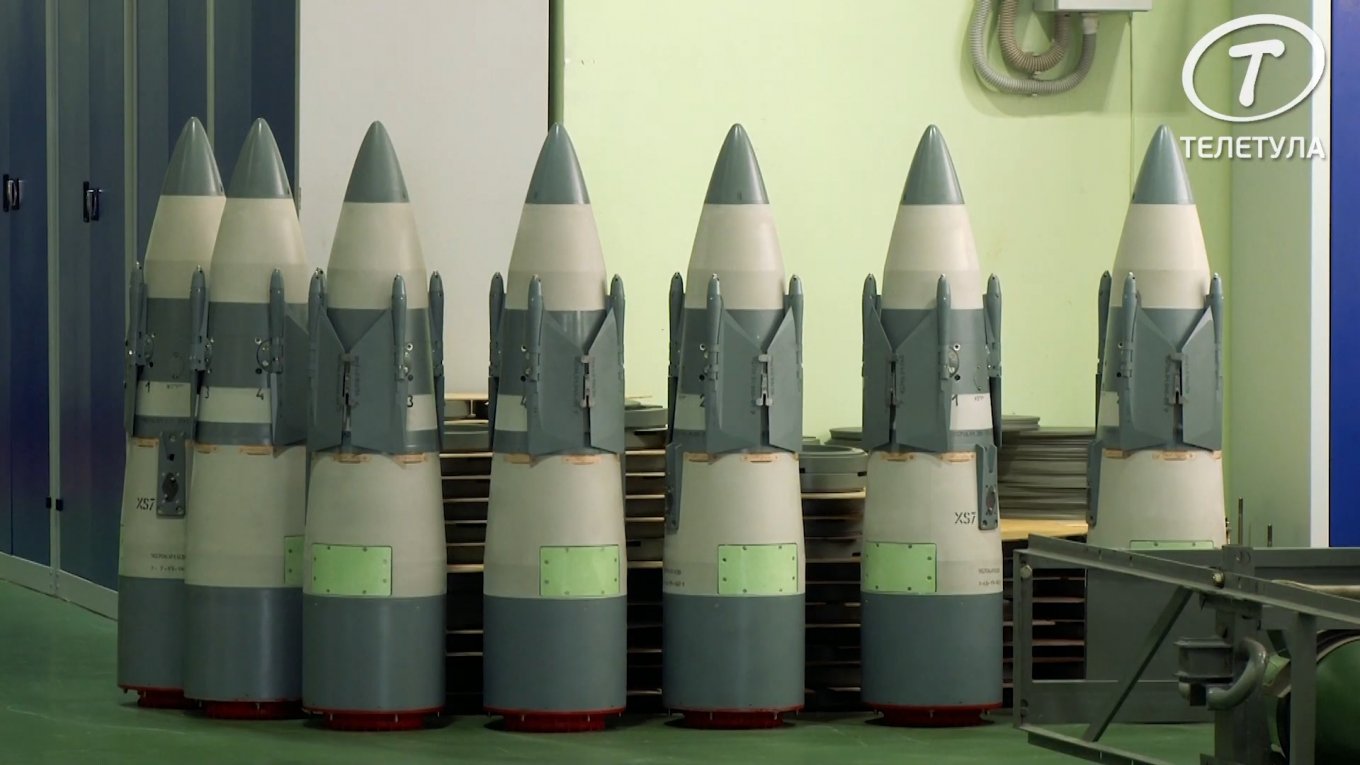
Read more: Ukraine Ground Forces Commander Says Ukraine’s Forces are Shrinking Enemy's Offensive Potential in Battle of Bakhmut




